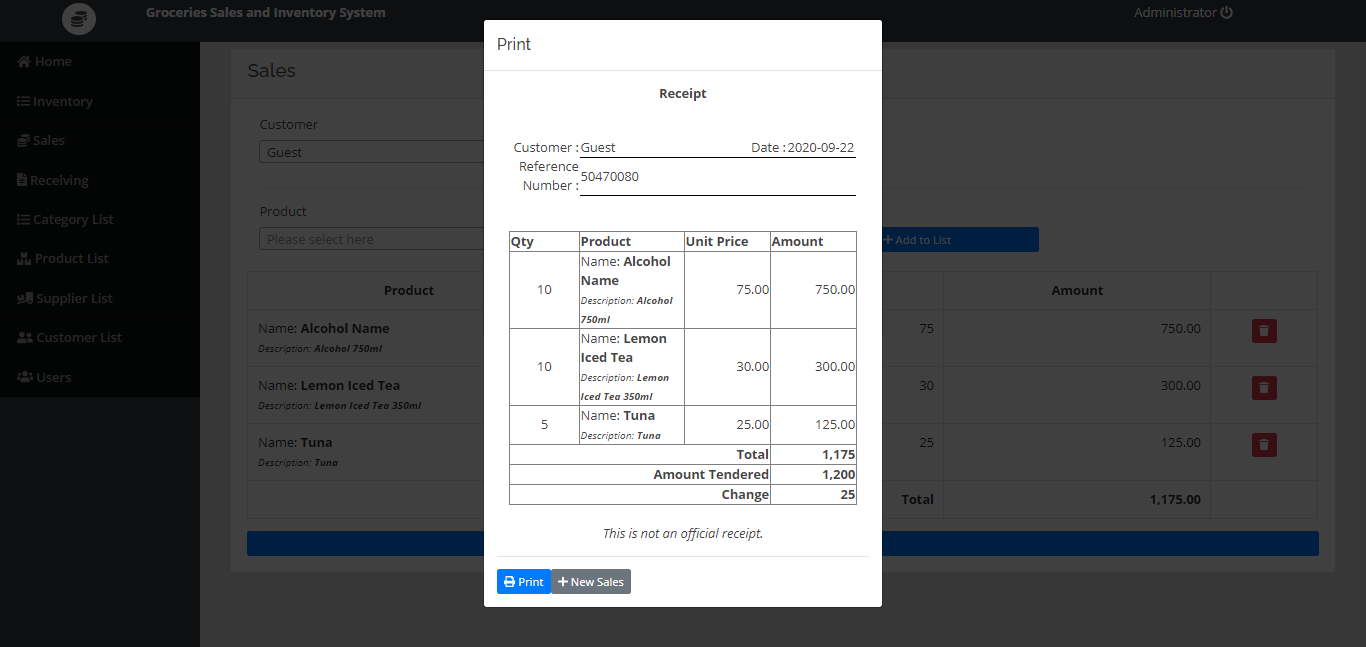

If your team’s not on the same page, lacks real-time access to essential information, and has no easy way to share updates, it will be extremely difficult for them to create workflows that support a complete and accurate inventory system. Like a lot of other problems that can crop up in the workplace, inventory management problems often begin with miscommunication. Problem One: Inefficient Communication and Incomplete Access Every business is different, but it’s likely you’ll encounter one or more of these while fine-tuning your inventory system. Managing inventory touches on everything from large initiatives like supply chain management to smaller, but no less important, particulars related to lead times, customer demand, and stock levels for individual products. The Most Common Inventory Management Problems Problem solving takes a serious hit as well disconnected teams are likely to treat the elephant in the room as, well, anything but an elephant. Approvals, updates, and policy changes can be delayed or even lost in the shuffle. Without effective communication, you can’t establish roles and hierarchies to support those workflows. With inventory levels under assault in both cyberspace and the real world, effective inventory management requires a sophisticated and strategic approach in order to recover value-or prevent its loss in the first place. Human error, paperwork snafus, spoilage, and other factors account for the remaining third. The challenge is a significant one, however, because while robberies are relatively infrequent for the average business, shoplifting/ORC and employee theft can accommodate for more than two-thirds of shrink. $546.67 for shoplifting/organized retail crimeĮffective loss prevention and asset protection efforts are essential to minimizing these values-known as stockloss, inventory shrink or simply shrink-and preserving profitability.A single incident costs each company, on average:

For the average business, nearly 1.4% of sales effectively disappeared into the ether due to these issues.

Why? Consider this: as of 2018, the National Retail Federation (NRF) reports that theft, fraud, and other losses cost retailers more than 50 billion dollars each year. But for those companies who manufacture and sell goods (as well as those who are simply selling items), to other businesses or directly to consumers, effective inventory control can mean the difference between smooth sailing and bailing out a rapidly sinking boat. Why Taming Inventory Management Problems MattersĮvery business faces countless sources of potential expense and lost value every day. Theft, fraud, human error, and other problems make preventing lost value as important as gaining it through revenue.įortunately, technology, paired with strategic thinking, make it easier for both small businesses and large corporations to stop the bleeding and protect their profitability and productivity while meeting the needs of their customers. These products, and the materials used to produce them, create the need for one of the most complex and challenging areas of potential value creation and loss for any business: inventory management. The digital revolution may be upon us, but vast numbers of companies large and small still sell (and, in many cases, manufacture) physical products.


 0 kommentar(er)
0 kommentar(er)
